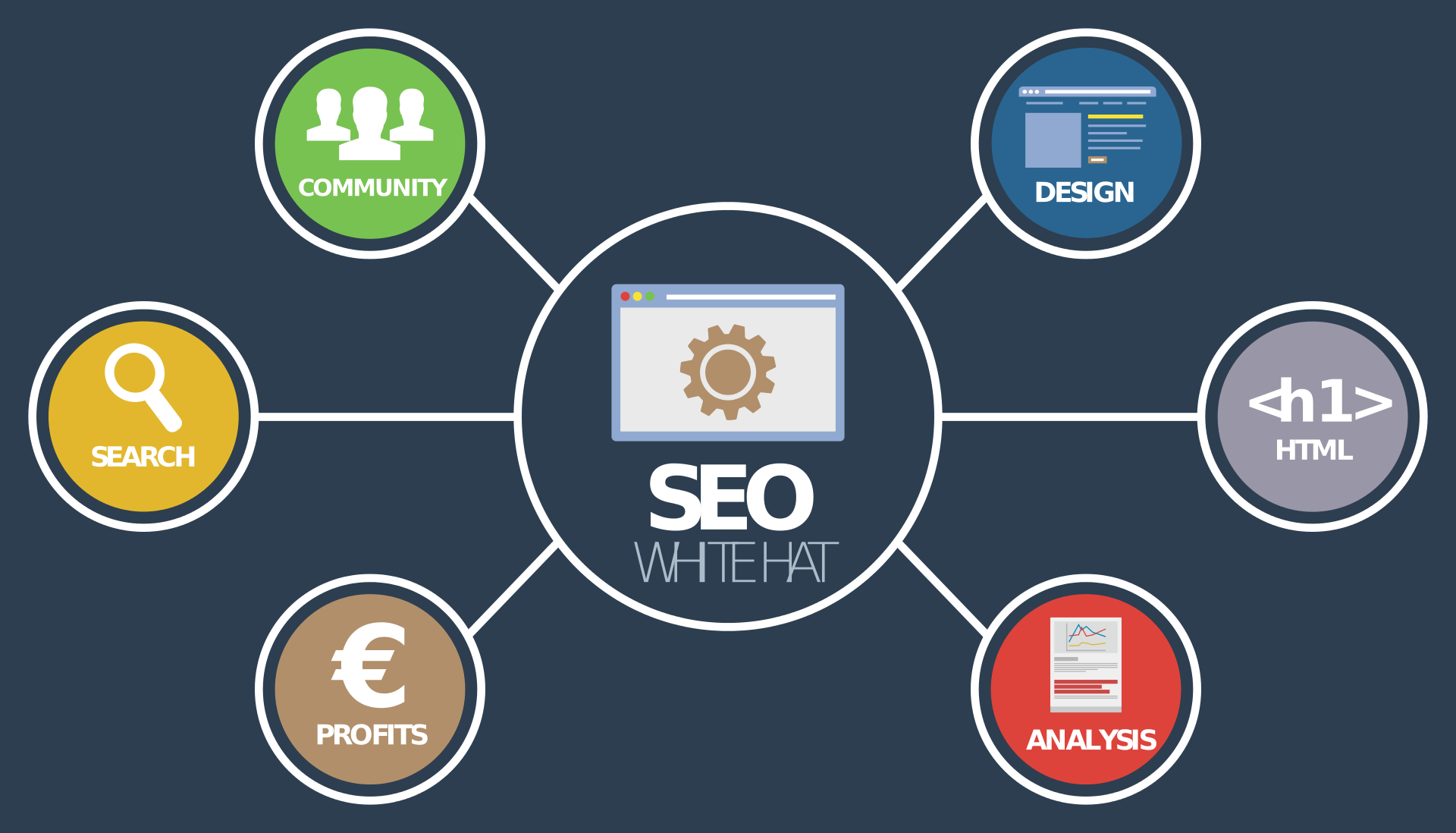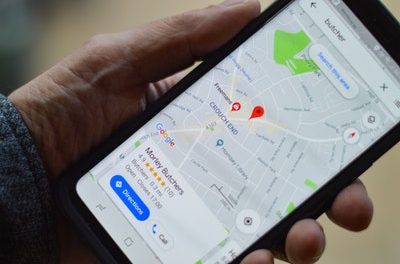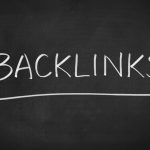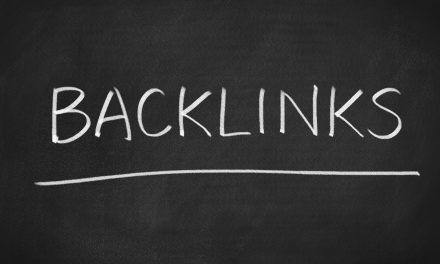
10 Website Design Tips to Boost Your SEO Friendliness
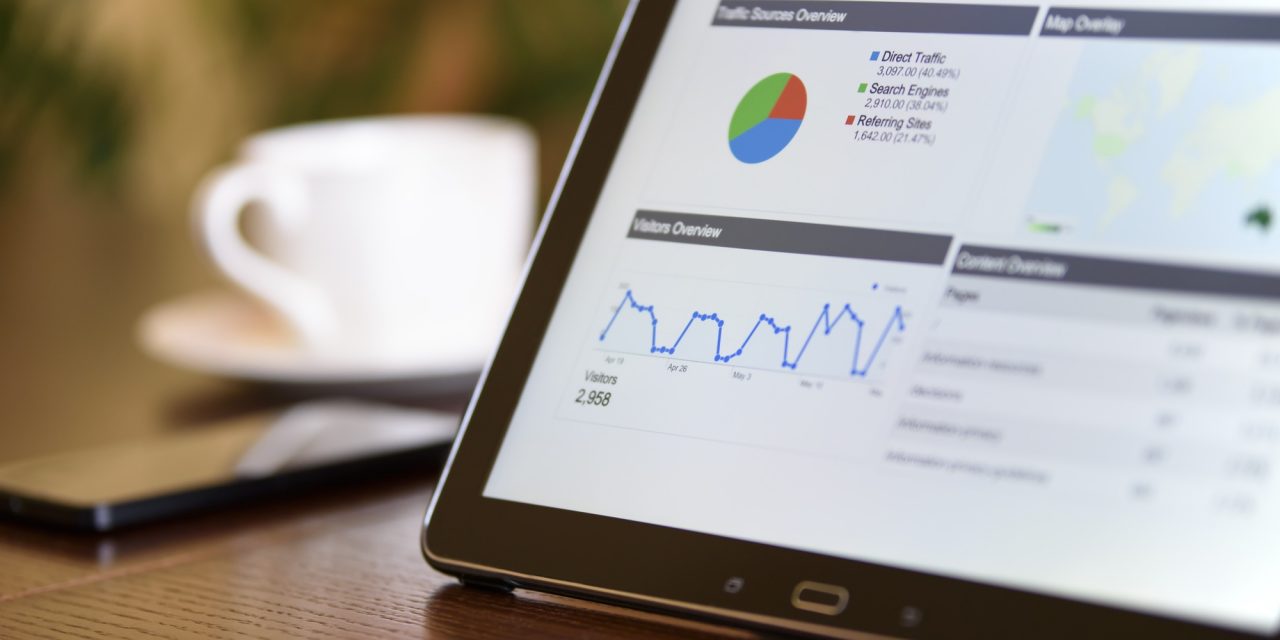
Did you know that Google processes over 40,000 searches every second?
Users are constantly using search engines to look up information, find things to do, and make purchases. But more than 90% of these searchers don’t go past the first page of search results. So how can you make sure that they’re finding your site when they search?
Most site owners understand the importance of keywords to ensuring their site ranks for relevant searches. Many do not realize, however, that it is not just your website’s content that matters. It also matters how that content gets displayed.
If your business’s website design is outdated and not optimized for SEO friendliness, it could be costing you in your search engine ranking, which costs you money.
So how can you make your web design more SEO friendly? Check out these 10 tips to get started on your redesign.
1. Simplify Your URLs
Your page’s URL is one of its most important and essential features. It’s the name your website is known by, and the address users must be able to recognize.
When a website appears on a search engine’s results page, the URL appears under the page title. If the URL is simple, easy to read, and includes the keyword, searchers will be more likely to click on it. By contrast, users will often scroll past URLs that are confusing and complicated.
It is not only people that dislike complicated URLs, however. Search engine algorithms also prefer URLs that are simple and descriptive. Keep in mind that these standards are not only for your website’s homepage URL, but also for subpages.
For instance, let’s say your website is “cutedogs.com,” and you have a subpage about dogs that are small and fluffy. You don’t want the link for that subpage to be something like “cutedogs.com/3257891251,” because that doesn’t give the user — or the search engine — any information about what’s on that page.
Instead, the link should read as something like “cutedogs.com/cute-and-fluffy.” Always use hyphens to separate words in subpages to make the URL more legible.
2. Create an XML Sitemap
It’s important for both users and search engines to be able to understand the URLs on your webpage. But it’s also important for them to understand how pages on your site fit together. This is where a sitemap comes in.
Search engines “crawl” websites to evaluate how the pages work together. Implementing a crawlable link structure makes it easier for the search engine to do this.
Think of your site’s XML sitemap like a reverse pyramid. The homepage is the cornerstone that links directly to a handful of important subpages. Then, each of those subpages links to more specific subpages, and so on.
If you work with an effective web designer like Mammoth Web Solutions, make sure to ask them to evaluate your page’s sitemap. Building an effective sitemap lays the foundation for the rest of your web design strategy, so it should be the first step.
3. Check for Orphan Pages
As you are building your sitemap, be on the lookout for what are called “orphan pages.” These are pages on your website that exist but aren’t attached to your overall website structure.
If a page is not connected to your sitemap, a search engine is unable to crawl it. Essentially, this page becomes “invisible” to search engines, and to searchers as well.
4. Link Internally
A logical sitemap provides an important structure for your webpage. But the connections between pages on your site shouldn’t be completely linear. After all, the internet is called the “web” for a reason.
Rather, pages on your website should consistently link to each other where relevant. Not only will this improve search engine crawling, but it will also improve the user experience.
If you link pages on your site to other relevant pages, users will be more likely to stay on your page longer. In general, search engines consider pages where users stay for an extended period of time to be higher quality. This helps your page rank higher.
5. Structure Your Pages
In addition to your website structure being well organized, it’s also important for individual pages on your site to be well structured.
Each page should be set up so that the most important information on it is easy to find. For instance, the page should have a header that includes the keyword. This communicates to both the reader and the search engine what the page is about.
6. Place Keywords Strategically
Keywords are obviously important to SEO. But it’s not only a matter of choosing the right keywords. It’s also important to put these keywords in the right places on your page.
As we mentioned earlier, using keywords in your URLs is essential. It’s also important to use keywords in page titles and in page headers. Search engines crawl these areas first to get information about what the most important content on the page is.
Also, you should make sure to use keywords in tags. Search engines use tags to crawl your webpage, so using keywords helps the search engine understand what ideas that page is targeting.
7. Limit JavaScript and Flash
Many website owners are surprised to learn that not everything on their site is crawlable by search engines. In reality, a lot of content, like JavaScript and flash, are often ignored by search engines.
So, while you may like the way this content looks, the truth is that it doesn’t help your website’s ranking. This means that it’s essential for your keyword content to be present in the actual HTML text on your page.
Another reason to avoid JavaScript and Flash is that these features can cause your web pages to load more slowly. Pages with slow low times get lowing rankings from search engines.
8. Optimize Your Images
It’s not just the text on your website that needs to be search engine optimized. It’s critical to optimize your images as well.
When you upload an image to your site, it may have a default name attached to it. It’s important to change this name to something that is more relevant to the keyword you are trying to rank for. This is because search engines will also look at image names when crawling your site.
Also, make sure to vary your images. Google penalizes sites that use duplicate content, and this applies to images as well as text. Make sure not to keep using the same stock photo on every page!
Finally, it’s important to size your images properly. If your images are too big, this could cause your page to load slowly. This will lead users to click away from your page, which will cause search engines to rank it lower.
9. Make Your Website Accessible
To rank well, your website needs to be accessible on multiple platforms and multiple browsers. Make sure your site can be accessed from major browsers like Chrome, Firefox, and Safari.
It is also essential for your website to be mobile optimized. Most users rely on mobile devices to search the web. If your website does not load well on smartphones or tablets, it may be penalized by search engines.
10. Use Social Media
You may be surprised to learn that search engines consider content off of your website when crawling content and ranking your page. In reality, mentions of your website on social media are important to your page’s overall rank.
It’s important for your social media to be connected to your website. Make sure that pages on your site include links to your various social profiles. Including “share” buttons can also be a good way to increase engagement.
When your pages get more engagement on social media, this helps search engines notice them. Not to mention, it will also help more customers access your site!
Boost Your SEO Friendliness Today
Remember, keywords an important aspect of SEO, but they’re not the only one. Paying attention to web design features that contribute to user-friendliness also help your site perform better on search engine rankings.
With these 10 tips in hand, you will soon be on your way to boosting your website’s SEO friendliness. This will help your page to start ranking higher!
Are you looking for ways to get more local traffic to your page? Check out this article to learn how geofencing could help your site’s local SEO performance.



